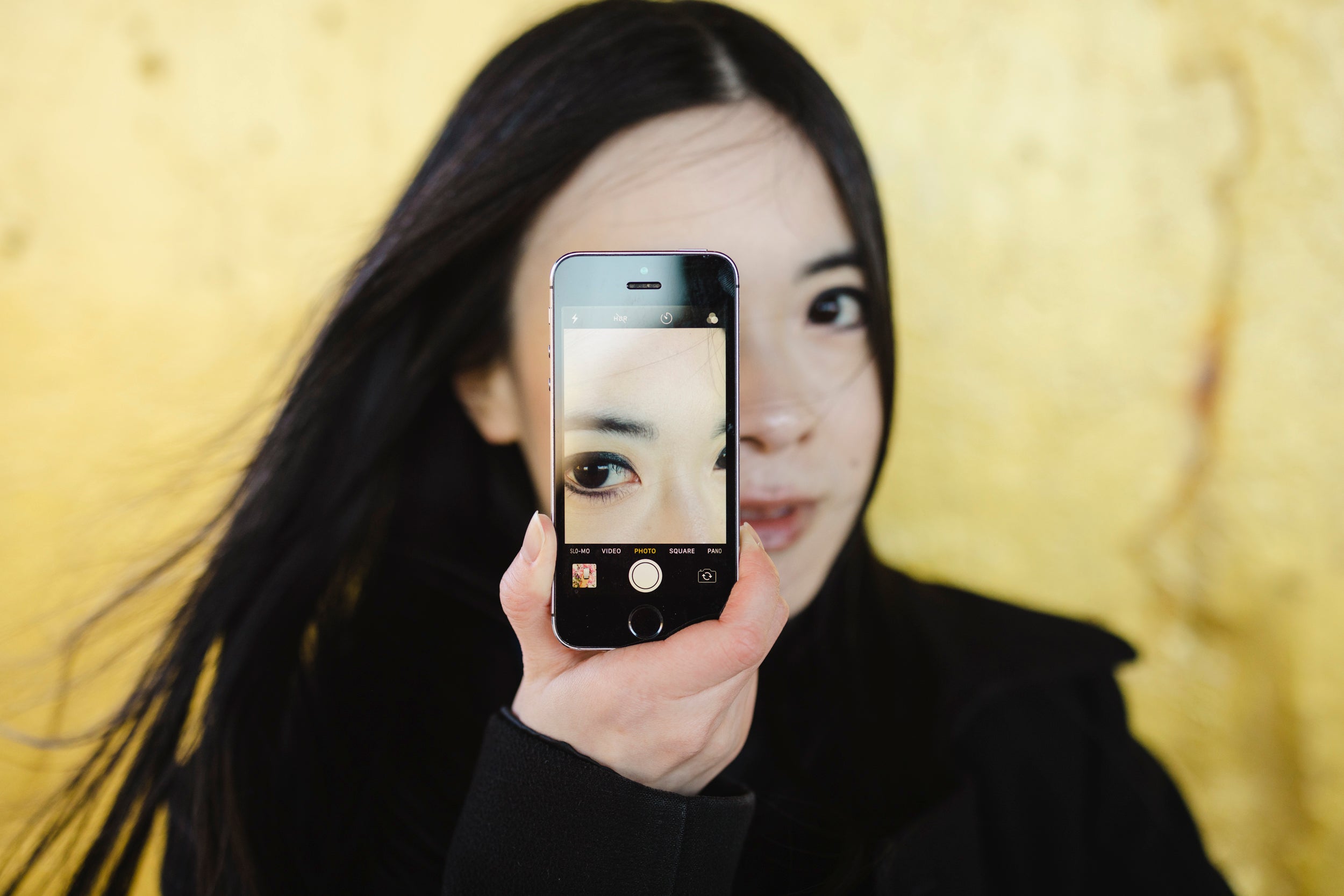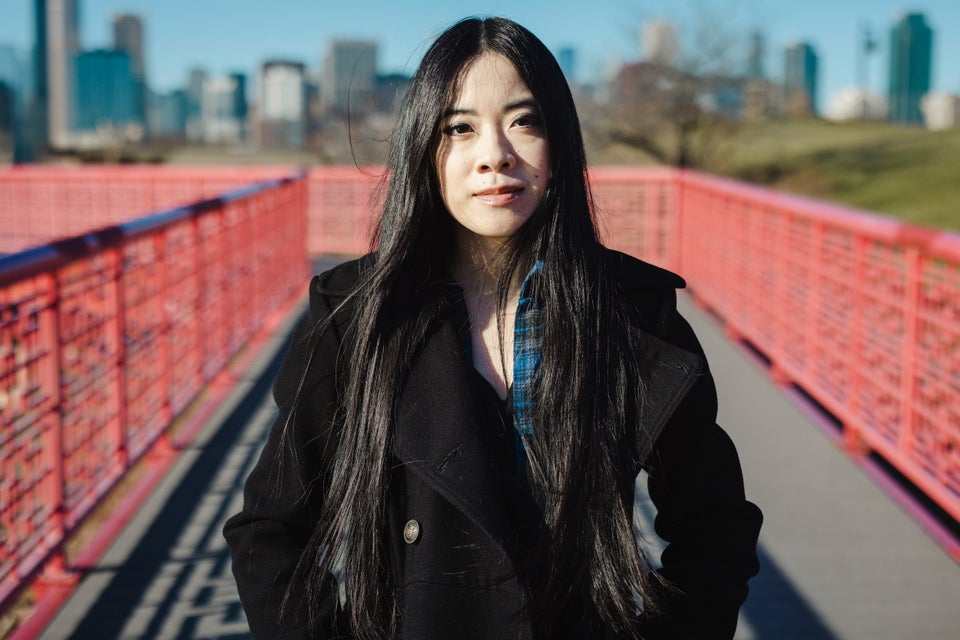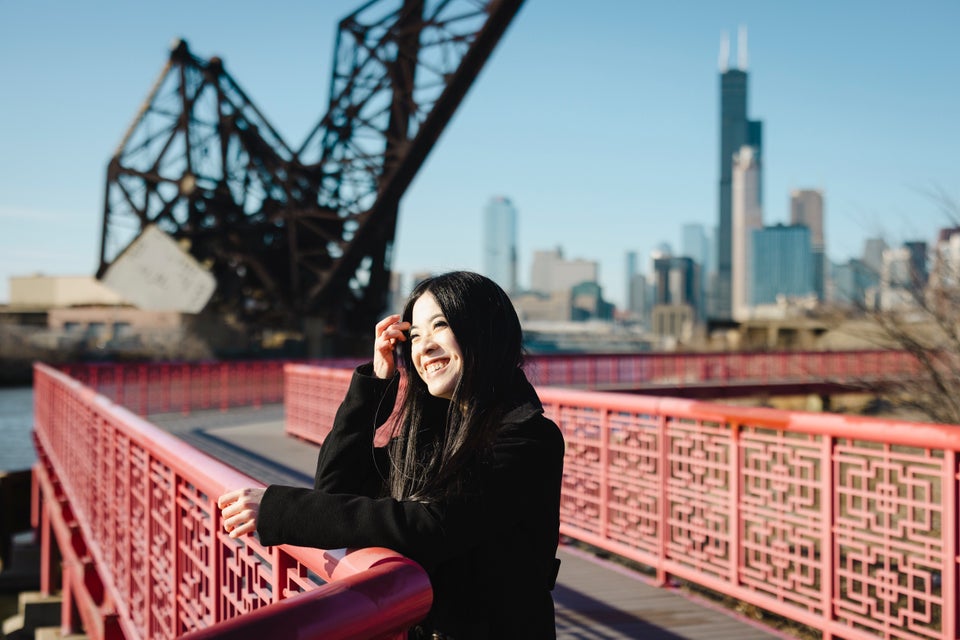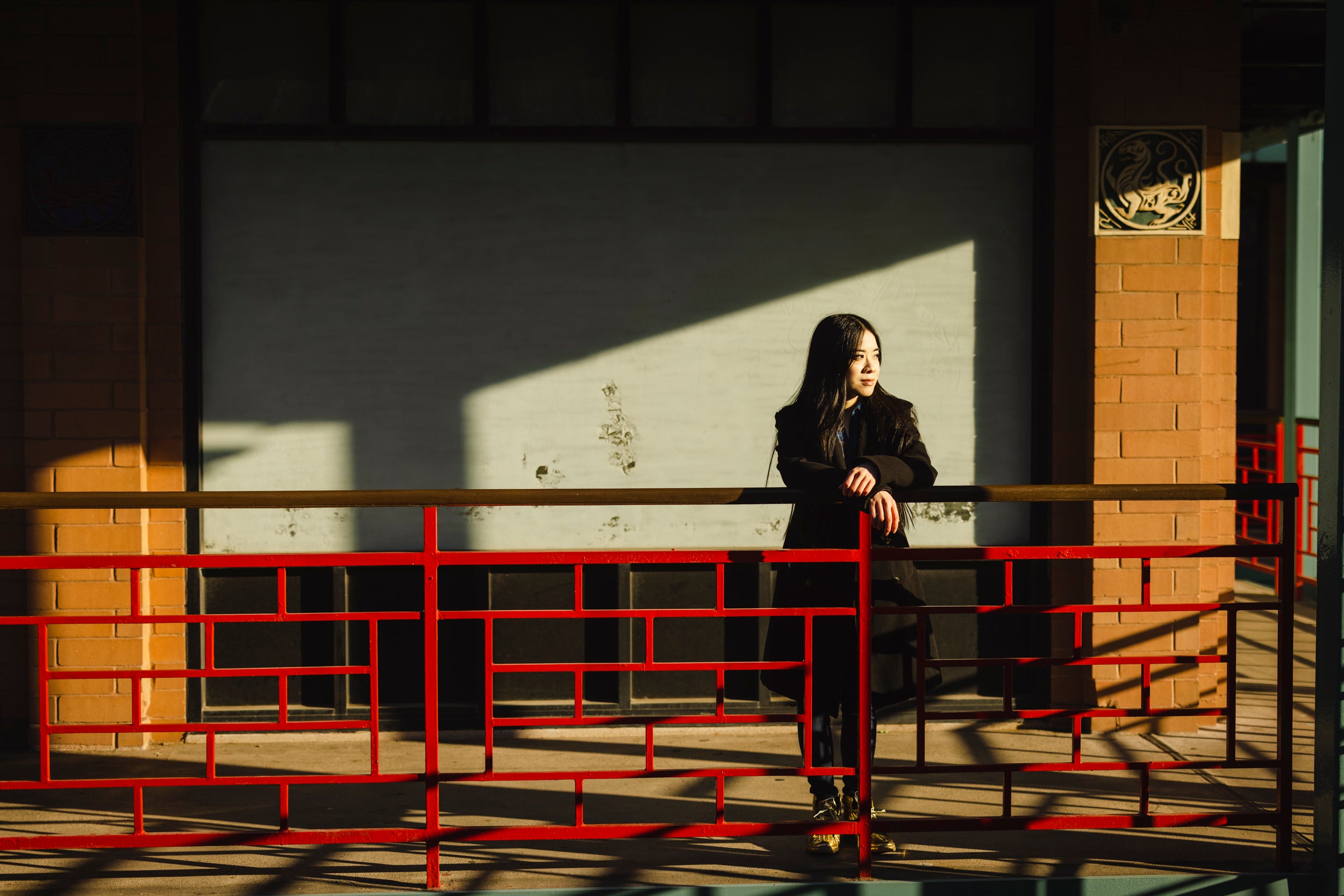When Jenny Lam was 8, she turned down a job offer from Walt Disney Animation Studios.
Her father had mailed sketches of her cartoon cats to three Disney animators, including Eric Goldberg, who drew the Genie in “Aladdin.” Soon after, Lam’s mother received a phone call from Goldberg. He invited Lam and her parents to visit him in Burbank, California.
Lam was on winter vacation, and Goldberg took time out of his break to see her and her family. After flying to the Disney studio, she and Goldberg drew and swapped their cartoon sketches, and he told her she could be a storyboard artist there when she turned 18.
Her response: “But I want to go to college first.”
“That’s how I’ve been through everything, running it on my own and winging it,” she explained over Zoom. “Trial and error. Figuring things out as I go.”
Ever since then, Lam has taken “being fiercely independent” very seriously — and the 35-year-old artist and curator is thriving in the arts, especially photography. This May, during Asian American and Pacific Islander Heritage Month, Lam is having a solo art show at the main branch of the Chicago Public Library, featuring 12 photographs she has taken around the city over the past decade with her iPhone 5s. Starting in September, some of her other iPhone 5s photography will be on display in two international exhibitions in South Korea and Italy.
As Lam carves her own path, she is also championing other artists. In her latest online exhibition “Hygge,” which opened in January, she spotlights 30 artists worldwide and showcases their artwork on Artists on the Lam, a blog and platform to support and gather other talented people.
Over the years, Lam has held exhibitions in odd places: the basement of a chapel, a former bank building and a loft above a now-defunct shoe store. She’s also curated many imaginative and rule-breaking shows. In “I Can Do That,” she encourages visitors to touch, replicate or directly change and make marks on the artwork to see if they could improve it.
“When I used to go to some galleries, I felt the cold atmosphere there. But I want to let others know art doesn’t have to be cold,” she said.

Her artistic judgment proved to be correct. Nancy Bechtol, a 73-year-old artist and photojournalist, has been in five Lam-curated shows over the past 13 years, including “I Can Do That.” Lam’s knack for “creating situations and having people collaborate in unique ways” has been “eye-opening” for Bechtol.
“For an artist to let a visitor come in and draw or manipulate your original artwork is quite a leap,” said Bechtol, who was one of the first artists featured on Artists on the Lam. “That’s the Jenny mindset. She thinks in ways that are creatively engaging. She’s embracing people artistically, intellectually, emotionally, in many ways.”
To Lam, art is for everyone — and her online platform helps that to be true.
“People who otherwise wouldn’t have been able to see an exhibition in person at a gallery show — whether its location or now because of the pandemic — can now access it,” she said.
One example is her digital exhibition “Slaysian” — meaning “Celebrating Asian” — which focused on Asian American artists in the Midwest, though she didn’t initially intend to put the gallery online. The in-person group show was originally supposed to open on March 20, 2020, which later became Illinois’ first shelter-in-place day.
“A week before it happened, I was like, ‘We’re gonna postpone it; it’s too dangerous,’” she said. “So, I spent my first week of shelter in place moving the entire show online.”
While the change was unexpected, the result has been exhilarating. “All of a sudden, my gallery became a big thing online where I was getting a lot of press, and many people liked it,” Lam said. “It was a welcome comfort in a frightening time to see people enjoying art.”
She did not “consciously tie” her exhibition with her Asian American identity; she emphasized in the open call for artists that “you don’t have to make art about being Asians.” Yet it was a well-timed defense for her community.
“There was a lot of scapegoating and anti-Asian sentiment. But having all these Asian artists making art and showing our stories provided an antidote to that,” she said. “I didn’t propose that it changed the world or anything, but art can be used for compassion and connection.”
The daughter of Hong Kong immigrants, Lam grew up in Northbrook, a predominantly white suburb in Chicago, where she was often the only Asian in her class.
“For me, it was a point of pride,” she said. “I always felt very proud to be Chinese and to be able to teach people about my culture more.”


Like many Chinese American immigrants, her parents mostly spoke Cantonese to her at home. But they didn’t force her to become a doctor or a lawyer.
“I was fortunate that my parents never pushed me to be anything I didn’t want to be,” she said. “So, I’ve always been an artist from the get-go. I was born an artist.”
Her mom is a retired graphic designer, which, according to Lam, is perhaps the biological origin of her visual talents and gifts. “But it’s funny, because I kind of rejected the graphic design part of art,” she said. “I’m always like, ‘Oh, I can do this on my own. I can teach myself.’”
Even as a baby, she learned English by watching “Sesame Street” and began drawing and scribbling on a piece of computer paper with a pen she grabbed from her mom.
“It’s why to this day, I can’t hold a pencil or a pen the right way. It looks like I’m putting a balled-up fist,” she said.
At age 17, Lam went to Columbia University, instead of an art school, and studied visual arts. “I wanted a general education. As a kid, I was a huge nerd. I just loved learning for the sake of it,” she said. “And also, just in case there was a tiny chance I changed my mind and didn’t want to be an artist anymore. But [that] wouldn’t happen.”
With only 13 students in the program and one art class per semester, Lam likens her studies at Columbia to working in a studio. “We weren’t really taught technique. It would be [more] like concepts. So, it’s good that I was self-taught. I knew how to learn because otherwise, I wouldn’t know what to do,” she said.

In 2005, Lam first heard the word “curator” after joining Postcrypt Art Gallery, the only art-related student club for undergraduates at the time.
Later, as the club president during the last two years of college, she grew to love putting on those “great DIY underground” shows and events.
“It was literally underground because the gallery was in the basement of a chapel, a strange location for an art gallery,” she said. “That’s how I fell in love with curating. So just kind of ‘bouncing,’ making art and curating art for other artists.”
Thankfully, Robin Rios, owner of 4Art Inc. Gallery — where she was an intern one summer during college — invited her to become the head curator. A few months later, in 2010, she curated “Somnambulist,” a dream-related exhibition. The gallery space on the second floor was empty and “raw,” like a “warehouse space,” she said.
This time, Lam’s ability to self-explore came into play as well.
“Later, Robin and I came up with the idea of hanging the artwork from the ceiling beams, which turned out great because it added to the dreamy atmosphere,” she said.
Lam always wants to “pick things up” for herself, she said, so she decided to do something on her own and become an independent curator. That’s how she started Artists on the Lam and curated her first independent show, “Exquisite Corpse,” in June 2011.
“Working for yourself meant making up your own rules,” she explained. “I want to have more flexibility. I want to change things up: both traditional exhibitions and something innovative and interesting.”
During our conversation, Lam kept receiving submissions by email because it was the final day of the open call for “Hygge.”
“It’s just a cozy home show,” she said. “One thing this pandemic has taught us is how to better enjoy the simple pleasure of being in the house with your family, with the people you care about, and appreciating life and art together.”
























